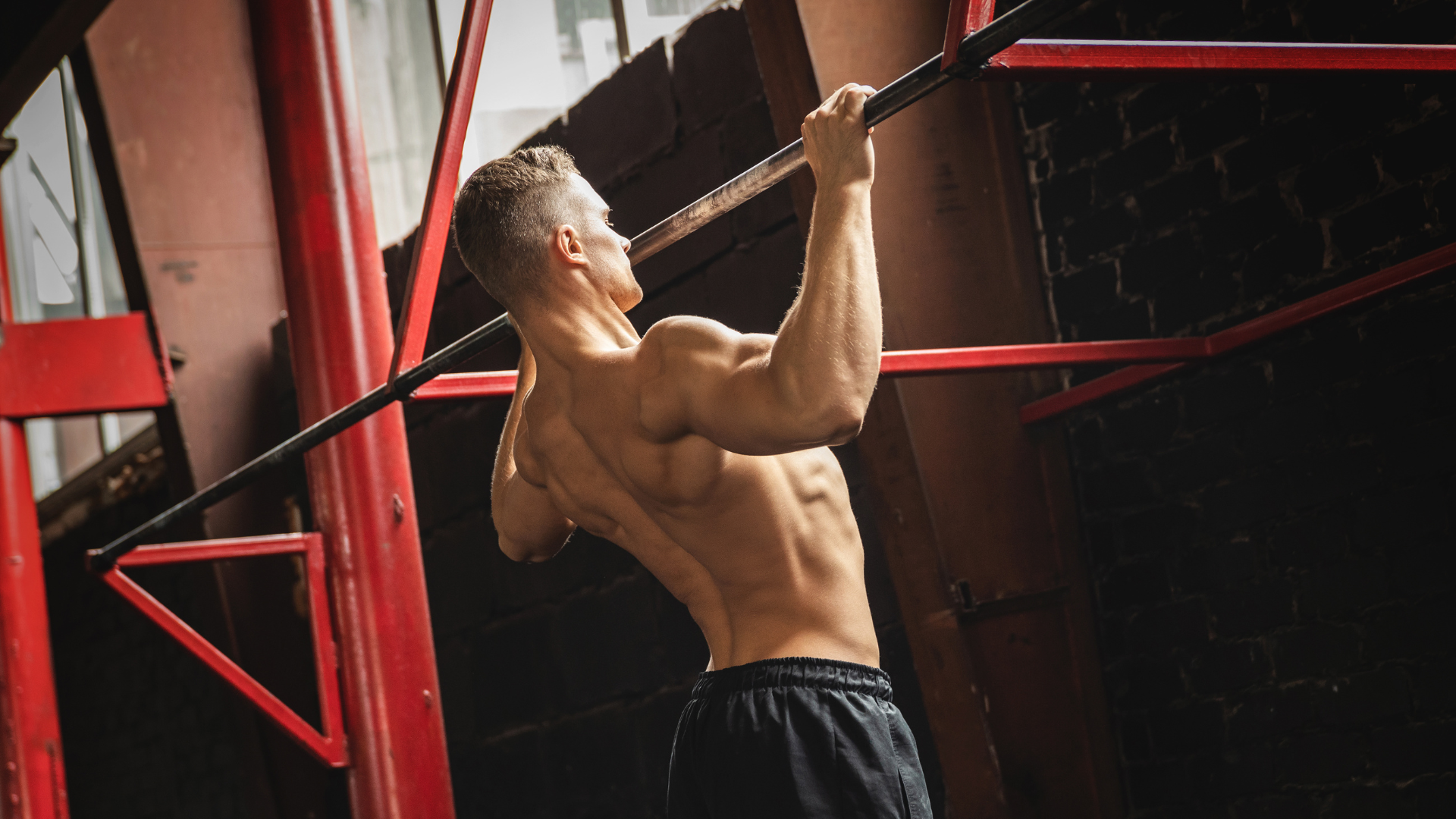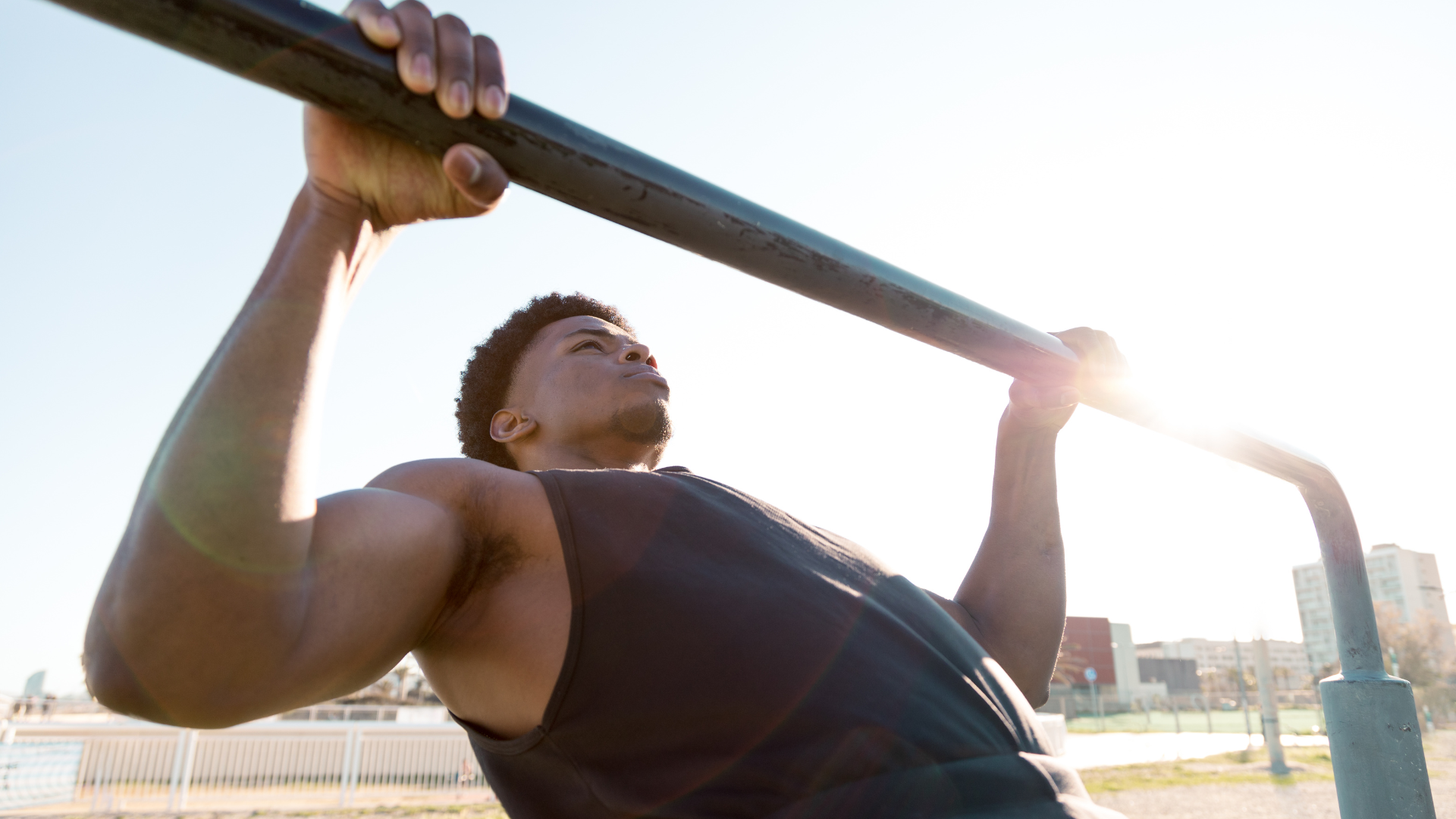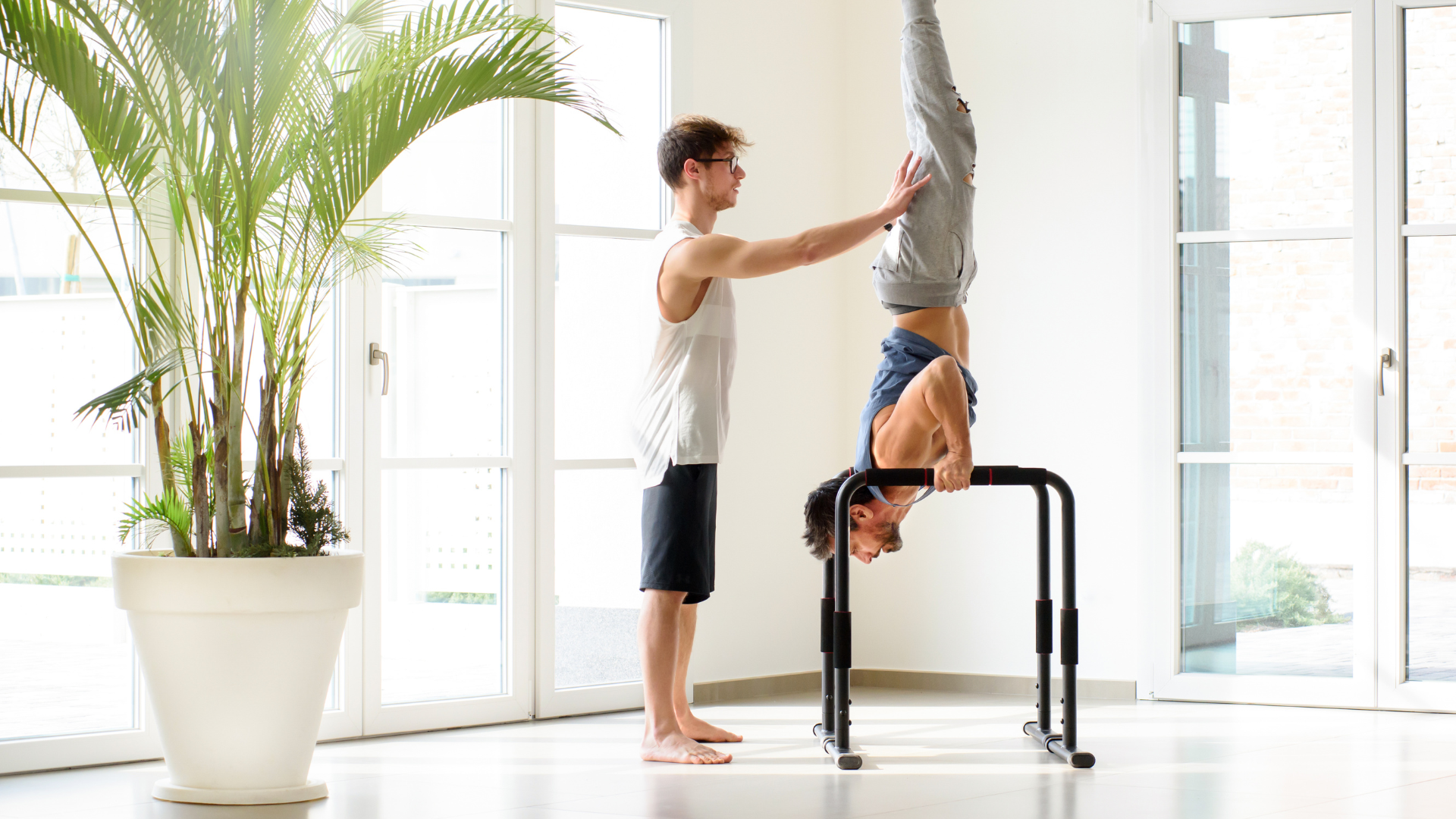Flexibility for advanced calisthenics isn’t just a nice-to-have—it’s a requirement. Whether you’re aiming for deep backbends, clean handstands, or powerful presses, your mobility directly impacts how efficiently you can move and how safely you can train.
Advanced calisthenics skills demand full range of motion, joint control, and balance. Without flexibility, many high-level skills remain out of reach—not because of strength limitations, but due to mobility restrictions. If you can’t fully extend your shoulders or open your hips, movements like handstands, planches, or L-sits become significantly harder to master.
Research from the National Library of Medicine shows that flexibility training significantly improves joint function and athletic performance when combined with strength work.
Target Areas for Calisthenics Flexibility
- Shoulders: Essential for handstands, back levers, and planches.
- Hips: Critical for L-sits, straddles, and press to handstand transitions.
- Hamstrings: Needed for pike compression, V-sits, and straight-leg transitions.
- Wrists: A flexible wrist joint supports load-bearing during handbalancing.
- Thoracic Spine: Needed for overhead mobility and deep backbends.
Mobility vs. Flexibility: What’s the Difference?
Flexibility is the ability of a muscle to lengthen passively through a range of motion. Mobility, on the other hand, is the ability to actively move a joint through its full range. You need both to perform calisthenics at a high level. Passive flexibility creates the potential; mobility gives you control over it.
Top Flexibility Drills for Advanced Calisthenics
- Shoulder Dislocates: Great for increasing shoulder extension.
- Pancake Stretch: A must for straddle and press handstands.
- Jefferson Curls: Improve hamstring and spine flexibility.
- Wall Splits: Develop deep hip opening for straddles and compression work.
- Bridge Work: Opens the shoulders and thoracic spine for backbends and handstands.
How to Integrate Flexibility into Your Calisthenics Routine
The best way to develop flexibility for calisthenics is to train it just like strength—consistently and progressively. Here’s how:
- Warm-up properly: Use dynamic stretching to prep joints and muscles.
- Post-workout sessions: Do deep static stretching when the body is warm.
- Dedicated flexibility days: Focus on long-hold stretches and mobility drills.
- Pair with strength: Combine loaded mobility drills (e.g., weighted pike holds) with your strength training to build range and control.
Sample Flexibility Routine for Calisthenics Athletes
Here’s a basic plan to build flexibility for advanced skills:
- 5 minutes wrist mobility + cat-cows
- 3 rounds of: Jefferson Curls (10 reps), Pike Stretch (30s hold), and Pancake Pulses (10 reps)
- 2 sets Bridge Holds (30s–1 min)
- 2 minutes Wall Straddle Stretch
- Cooldown with shoulder dislocates (20 reps)
Benefits Beyond Performance
Greater flexibility doesn’t just make calisthenics skills look cleaner—it helps prevent injury, improves recovery, and boosts overall joint health. Athletes with strong mobility foundations recover faster and train harder with less downtime.
Final Thoughts
If you’ve hit a plateau or feel “stuck” in your calisthenics journey, flexibility could be the missing link. Mobility unlocks movement. Training it unlocks potential.
Take the Next Step
Need help building your flexibility for advanced calisthenics? Explore MOVE’s online coaching for mobility-specific routines and expert feedback. Train smarter, move better, and master skills faster.




